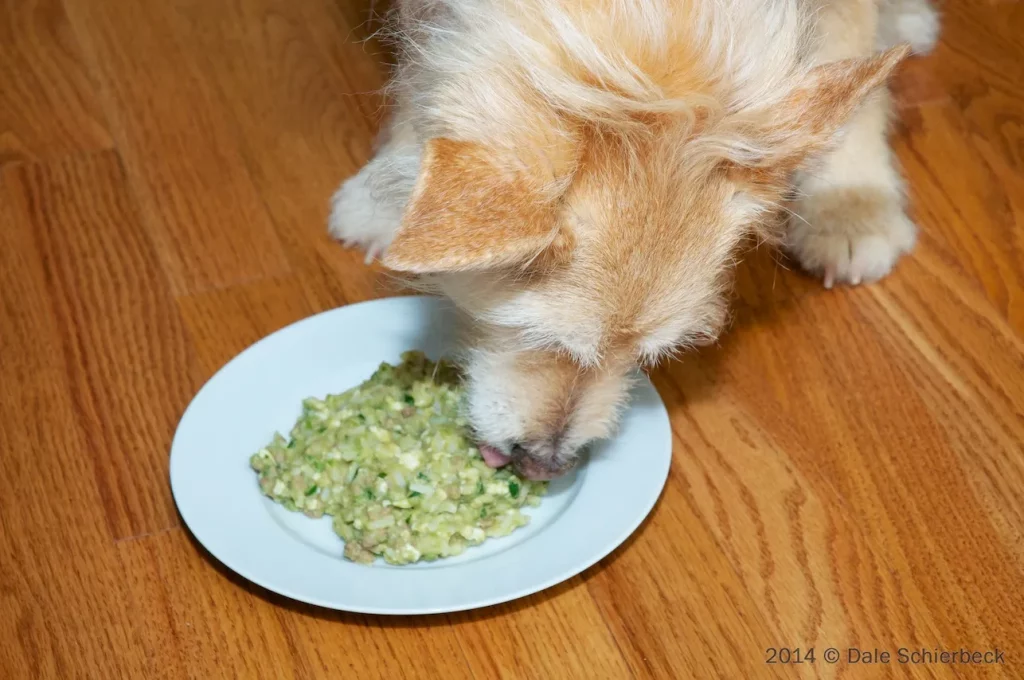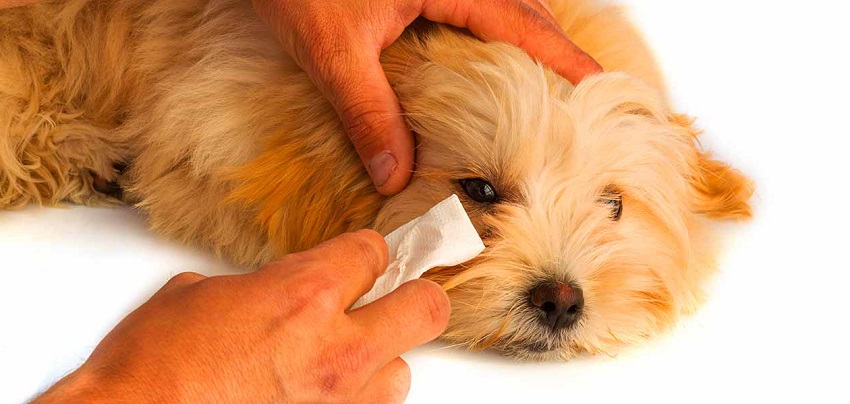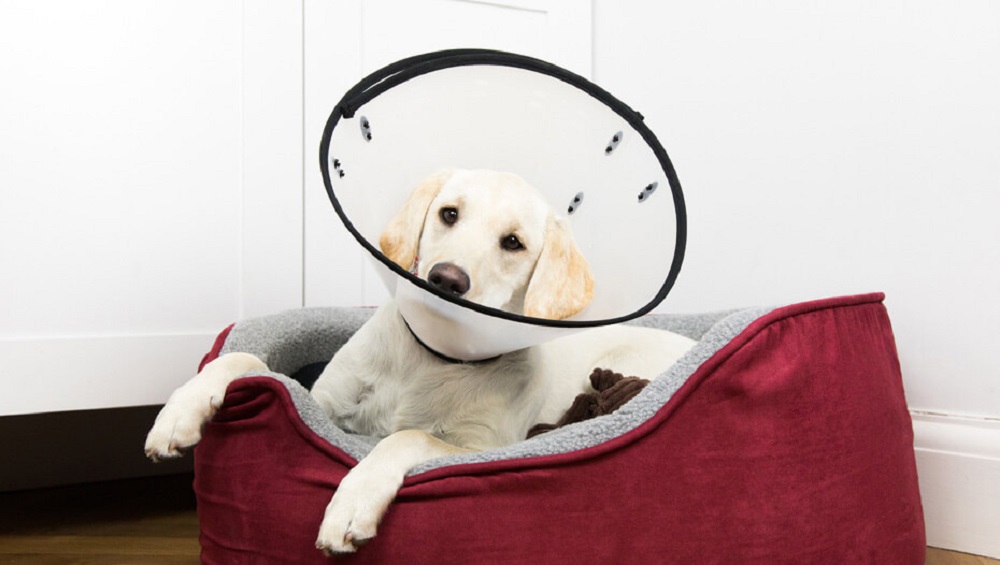If you have a furry friend who has recently been spayed, it’s important to provide them with proper nutrition to aid in their recovery. After a surgical procedure like spaying, a dog’s nutritional needs may change temporarily. In this article, we will discuss what to feed a dog after being spayed, taking into account their dietary requirements and the recovery process.
Understanding the Importance of Post-Spay Nutrition
Spaying is a major surgical procedure that involves the removal of a female dog’s reproductive organs. It is crucial to provide appropriate post-operative care, including a suitable diet, to ensure your furry companion’s recovery is smooth and uneventful.

Consult Your Veterinarian
Before making any changes to your dog’s diet, it is essential to consult your veterinarian. They will be able to provide personalized advice based on your dog’s specific needs, breed, age, and overall health condition.
Transitioning to a Post-Spay Diet
Following spaying, your dog may experience changes in appetite and energy levels. It is recommended to transition to a post-spay diet gradually. Start by introducing small portions of easily digestible food and gradually increase the amount over a few days.
Choosing the Right Food
When selecting food for your dog after being spayed, look for options that are specifically formulated for post-operative recovery. These foods are usually balanced and easily digestible, aiding in the healing process. Opt for high-quality dog food brands that use natural ingredients without any artificial additives.
Focus on Balanced Nutrition
Ensure the post-spay diet includes a well-balanced mix of proteins, carbohydrates, and healthy fats. Proteins are essential for tissue repair, while carbohydrates provide energy. Healthy fats, such as omega-3 fatty acids, can aid in reducing inflammation.
Protein Sources
Include lean protein sources in your dog’s diet after being spayed. This can include boiled chicken, turkey, or fish. These lean meats are easily digestible and provide essential amino acids for healing.
Carbohydrate Sources
Incorporate easily digestible carbohydrates in your dog’s post-operative diet. Cooked rice or pasta can be added to their meals to provide energy without straining the digestive system.

Nutrient-Dense Vegetables
Adding cooked vegetables, such as carrots or green beans, can provide additional vitamins and minerals. These vegetables are not only nutritious but also gentle on the digestive system.
Avoiding Fatty and Spicy Foods
During the recovery period, it is important to avoid fatty and spicy foods. These types of foods can cause digestive upset and may delay the healing process.
Hydration is Key
Proper hydration is essential for your dog’s recovery. Ensure they have access to fresh water at all times. If your dog is not drinking enough water, consult your veterinarian for guidance.
Feeding Schedule
Establish a regular feeding schedule for your dog after being spayed. This will help maintain their appetite and make it easier to monitor their food intake.
Monitor Your Dog’s Weight
Keep an eye on your dog’s weight during the recovery period. Significant weight loss or gain can indicate an issue with their diet or overall health. If you notice any changes, consult your veterinarian.
Gradual Transition to Regular Diet
Once your dog has fully recovered from the spaying procedure, you can gradually transition them back to their regular diet. Monitor their response and make adjustments as necessary.
Post-Spay Care
Besides a proper diet, it’s important to follow your veterinarian’s instructions for post-spay care. This may include limiting physical activity, avoiding baths, and preventing your dog from licking the incision site.
Conclusion
Providing the right nutrition after spaying is crucial for your dog’s recovery. Consult your veterinarian for personalized advice, choose high-quality post-spay dog food, and ensure a well-balanced diet. By following these guidelines, you can support your furry friend during their healing process.
FAQs
Q1: Can I feed my dog regular food immediately after spaying?
It is recommended to transition to a post-spay diet gradually, starting with easily digestible food before reintroducing regular food.
Q2: How long should I feed my dog a post-spay diet?
The duration of the post-spay diet varies depending on the individual dog’s recovery. Consult your veterinarian for specific guidance.
Q3: Can I give my dog treats during the recovery period?
It is best to avoid giving treats during the recovery period, as they may contain ingredients that could disrupt the healing process.
Q4: Should I give my dog supplements after being spayed?
Supplements should only be given under the guidance of a veterinarian. They will assess your dog’s needs and recommend any necessary supplements.
Q5: When can I resume my dog’s regular exercise routine?
Your veterinarian will provide instructions regarding when it is safe to resume regular exercise activities after spaying. Follow their guidance to avoid complications.




